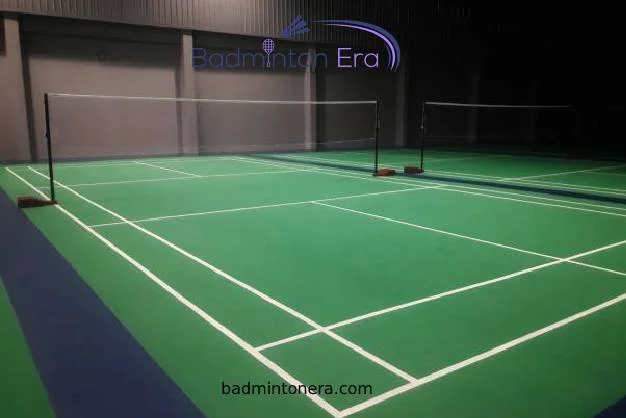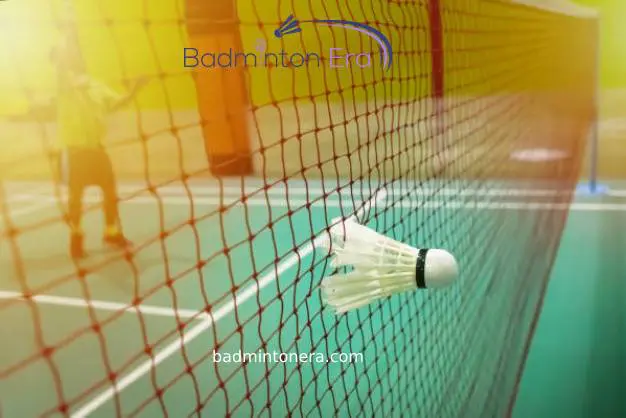Badminton versus Squash: Everything you need to know
It is difficult for many people to find the difference between Badminton versus Squash. They are very close to each other because of some fascinating similarities. Beginners get confused, but advanced players have all the information about badminton versus squash. A comprehensive comparison of Badminton versus squash is significant for such people to understand both games.
Various aspects make them related when we compare badminton to squash. They are racquet sports, played indoors, fast pace games, and include quick movements of foot-dragging or lunging. Despite these similarities, there are striking differences making them distinguished from each other. Let’s discuss the similarities, differences, and everything about these games.
Badminton versus Squash
Badminton is a game started by the British military and extended throughout the world. In this game, players use racquets to hit the shuttlecock. Two or four players can play this game, which we call singles or doubles. Various countries like this game and play international tournaments.
On the other hand, if we have a glimpse at squash, it is also a racquet game. Players take turns hitting the squash ball with the help of racquets. Mostly, courts are box-shaped to make the ball bounce off the court walls. Like badminton, squash is also fascinating to play this game for fun or in competitions.

Differences between Badminton and squash:
1. Badminton vs Squash Shoes:
Shoes are of considerable importance in almost all games. As you know that all of the burdens are on foot during the game. We need to use specialized shoes for every game. A lot of care is required in shoe selection because:
- They give us support and a grip on the court.
- Shoes decrease the shock impact on the legs.
- They protect us from injuries.
- Breathable shoes keep our feet dry through sweat absorption.
Both the games have different shoe requirements if we look at badminton vs squash. In badminton games, there are many jumping movements. Therefore, more support and shock absorbance are necessary for landing. So, lightweight shoes are perfect for this game.
On the other hand, shoes are heavier in the case of squash games. There is no jumping in this game. Players only drag their feet to hit the ball on their turn. In badminton vs squash, shoes are thin soles without padding for squash players. The players can interchange the shoes for these games. The reason is much similarity in shoes of badminton and squash.
2. Badminton vs Squash Racquets:
Although Badminton and squash are racquet sports, they use different racquets. In squash games, racquets are heavier, weighing 110-150 grams and longer. Beginners’ racquets are heavier than professionals’ racquets because their material is cheaper. Squash racquets are of two types based on their use.
Although Badminton and squash are racquet sports, they use different racquets. In squash games, racquets are heavier, weighing 110-150 grams and longer. Beginners’ racquets are heavier than professionals’ racquets because their material is cheaper. Squash racquets are of two types based on their use.
- Open throat racquet:
These racquets have teardrop shape heads. The sweat spot is wide because of the large head surface area. You can generate more power in shots with little effort.
- Closed throat racquet:
These racquets have an abridged shape of the head. Therefore the surface area of the head is lower than the open-throat racquet. Players have more control over shots with the help of these racquets.
Now you can better understand the difference between Badminton racquets and squash racquets. Racquets may be oval heads or isometric in badminton sports. They have variable stiffness in shafts, strings, and balance points. Racquets with stiff-string have small sweat spots and more control than loose-string racquets. As the advanced players require more power in the shots. Therefore they prefer stiff shaft racquets. Different types of badminton racquets are available in the market. You must select according to your style and level.
3. Badminton vs Squash court:
The Badminton court is 13.4 meters long and rectangular with 6.1-meter width. There is a net dividing it into two parts and line markings to define the boundary and service area. Courts have minimum grip floors. Most of the courts are indoor, but Badminton World Federation(BWF) is promoting outdoor as air badminton format.
When we look at badminton vs squash, there is no net in the squash court. It is shorter (9.75m) but wide (6.4m) than a badminton court. In the boxed-court service-line markings are on the surrounding walls and the floor. All the walls have a specific shape to deflect the striking ball.
- Three markings on the front wall include the front wall line, service line, and 50mm of tin.
- The side walls are at an angle between the front and back walls.
- The back wall is just horizontal.
- The floor is of natural wood color with two service boxes. Three side lines bound each box, and the wall bounds it from the remaining side.
4. Squash ball vs badminton shuttle:
It is critical to know the main difference between Badminton vs squash. A Squash ball has two pieces of rubber combined to form a ball. Players use mechanical ways to warm the ball. It is fascinating to know that a warm ball becomes more bouncy. Squash balls are of three grades based on the levels of the game. Different color dots represent these grades and the level of difficulty.
- Double yellow dot squash ball:
As the name suggests, this ball has two yellow dots on it. Skilled professional players use this ball. This ball has very little hang time. It means the ball is less bouncy and requires more effort. Therefore, players use this ball in professional tournaments.
- Yellow dot squash ball:
It has only one yellow dot and is of competition level. Its hang time is higher than a double yellow dot ball. Advanced players use this ball in competitions.
- Red dot squash ball:
It is a progress-level ball with a single red dot. Intermediate players use this ball in quick games played for fun. For training purposes, coaches prefer red dot ball. Its hang time is higher than yellow but less than blue dot ball.
- Blue dot squash ball:
Junior-level squash ball is an intro-level ball with a large size. Beginners use this ball because it is more bouncy with the highest hang time.
In contrast, the shuttlecock material is plastic nylon or natural feathers. Engineers prefer plastic shuttles, while the feathered shuttle is best for advanced players. Each shuttle has a head made of round cork. A thin leather layer covers this cork. Goose feathers, attached to the head, act as a parachute. It helps form the shuttle trajectory during the rallies.
Conclusion:
Multiple perspectives of badminton vs squash reveal that these games are similar. So, confusion between the two games is usual for a beginner. Data indicates the difference in racquets, shoes, equipment, and court. It tells us that badminton and squash are different games despite of resemblance. You can select the game which suits you best. The interest of a person makes a huge difference in the profession. So, professional players go into the game that suits their interests.







